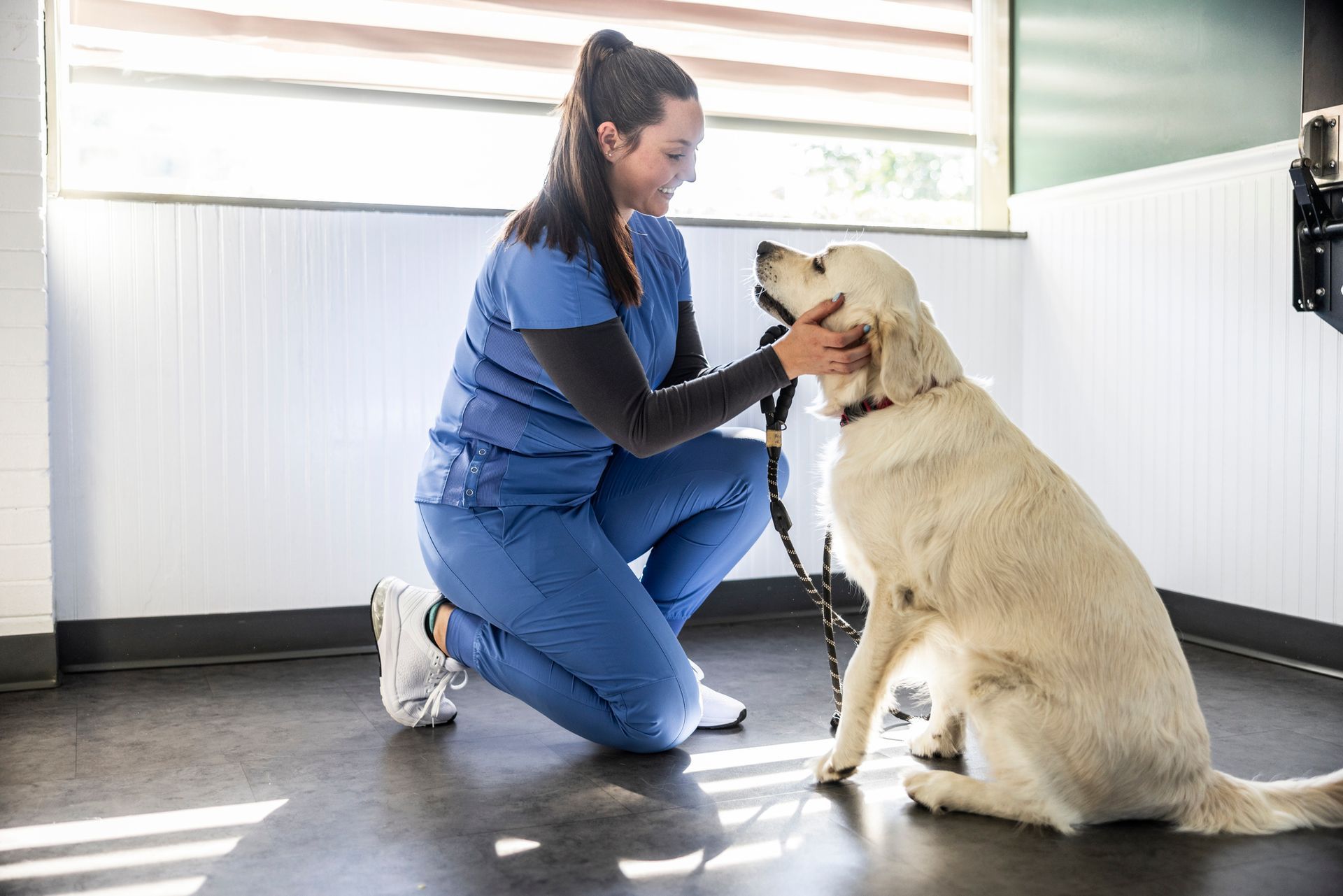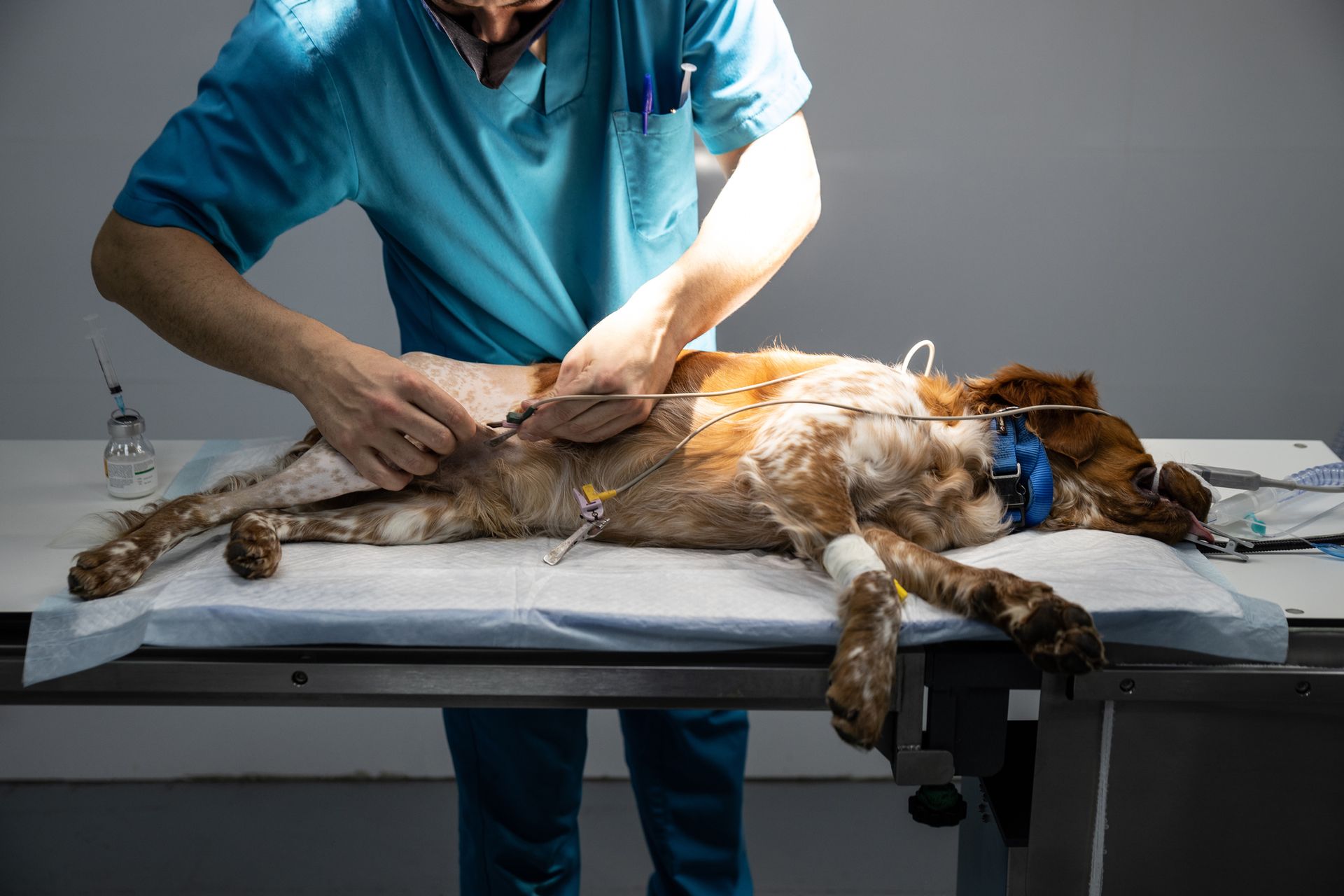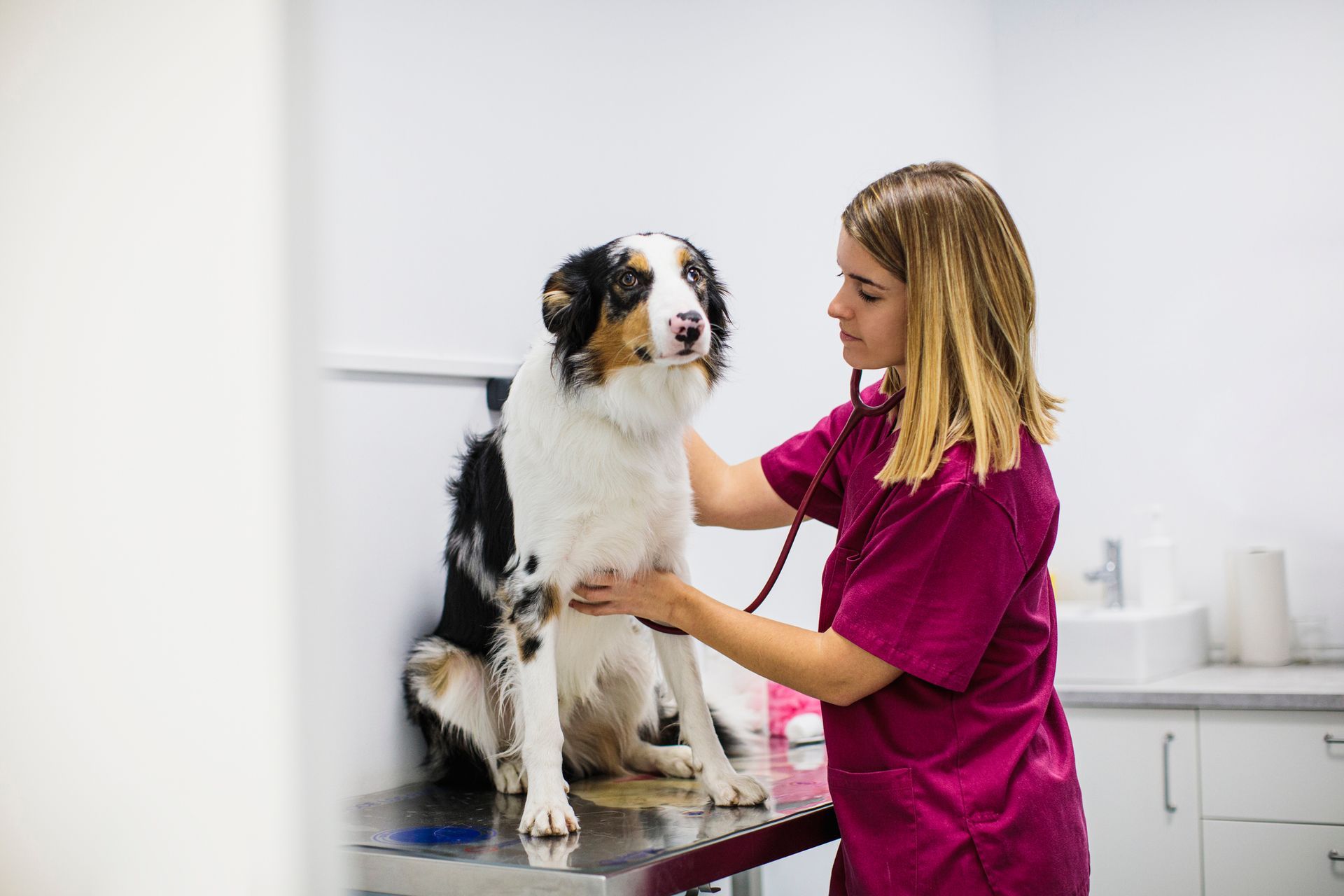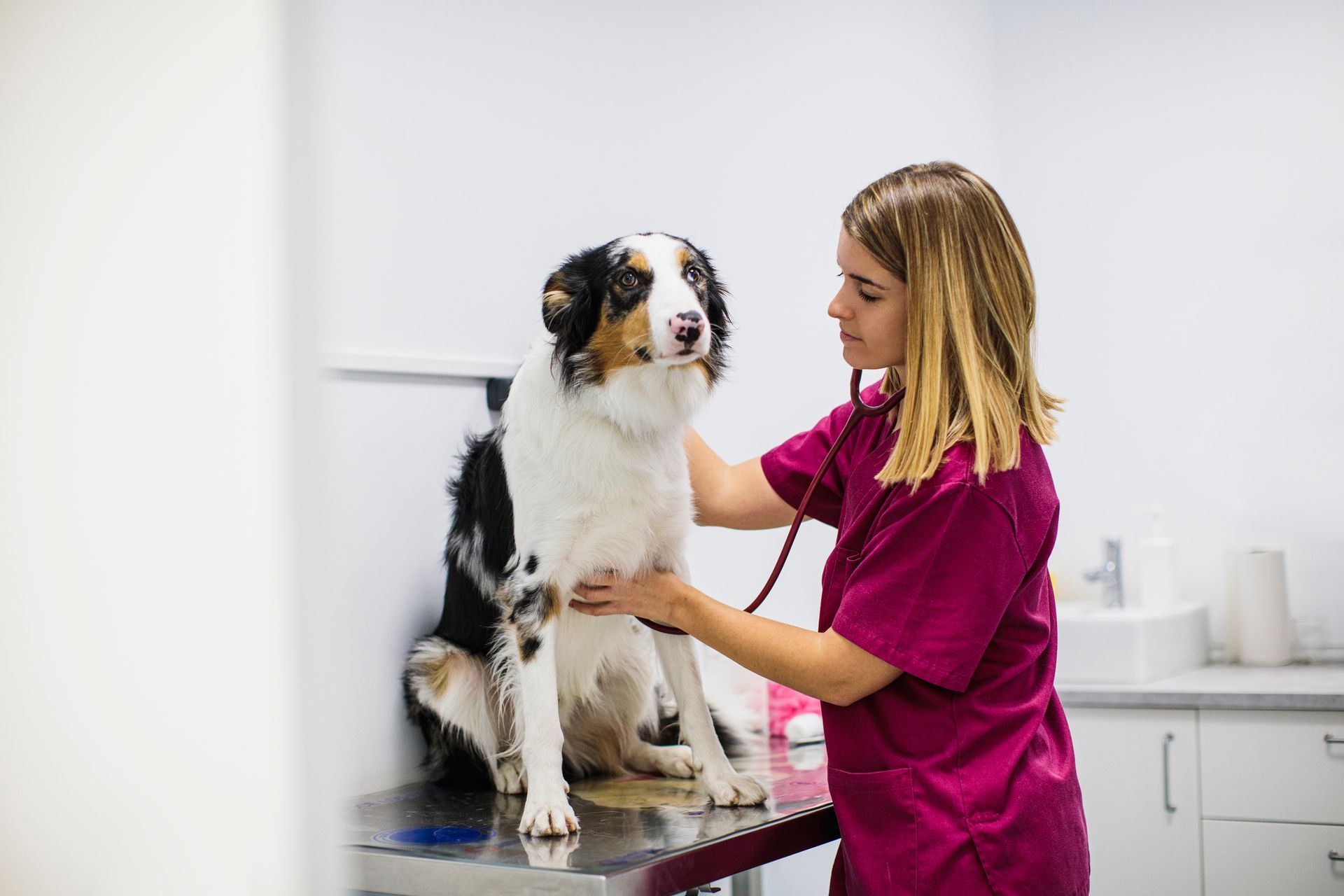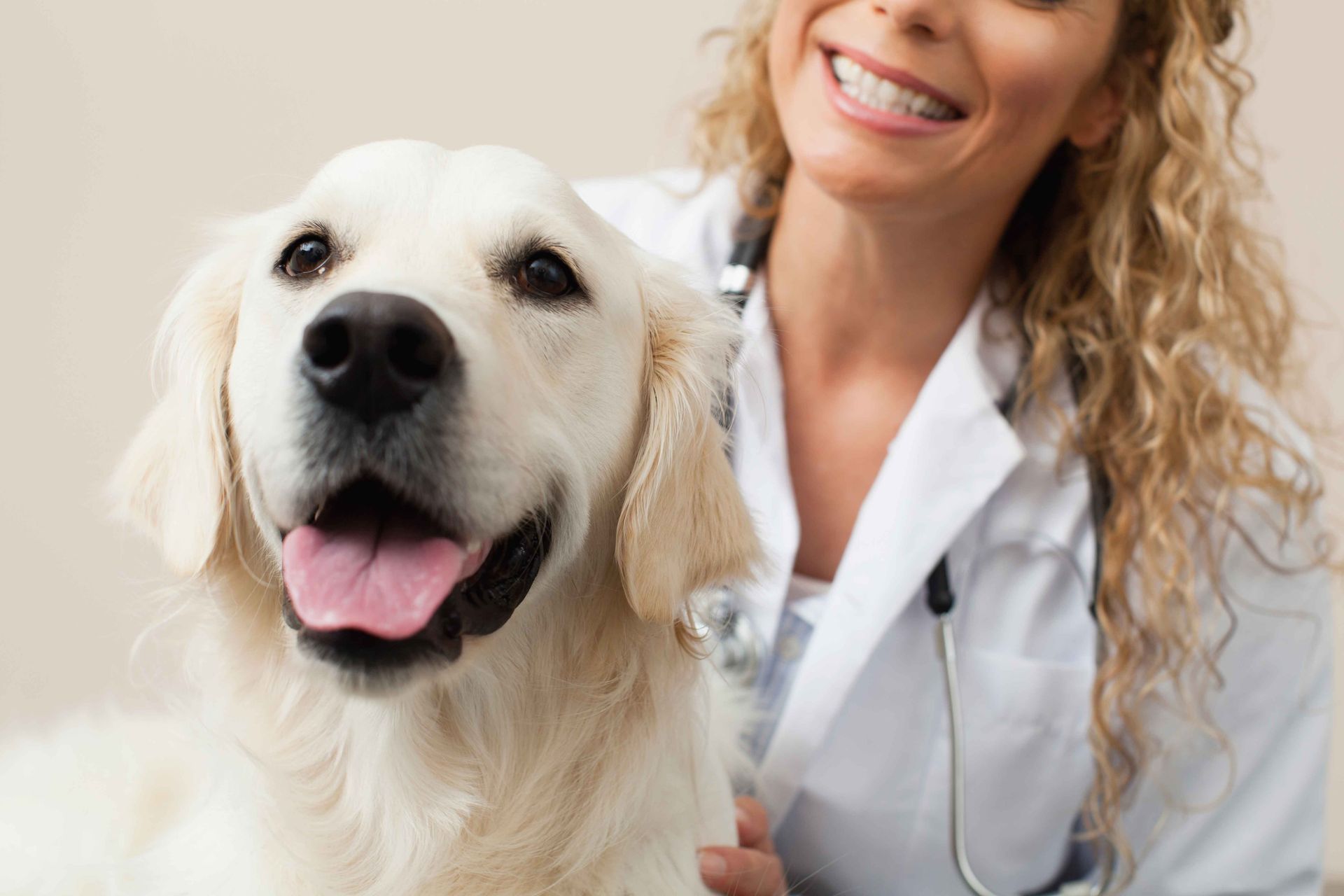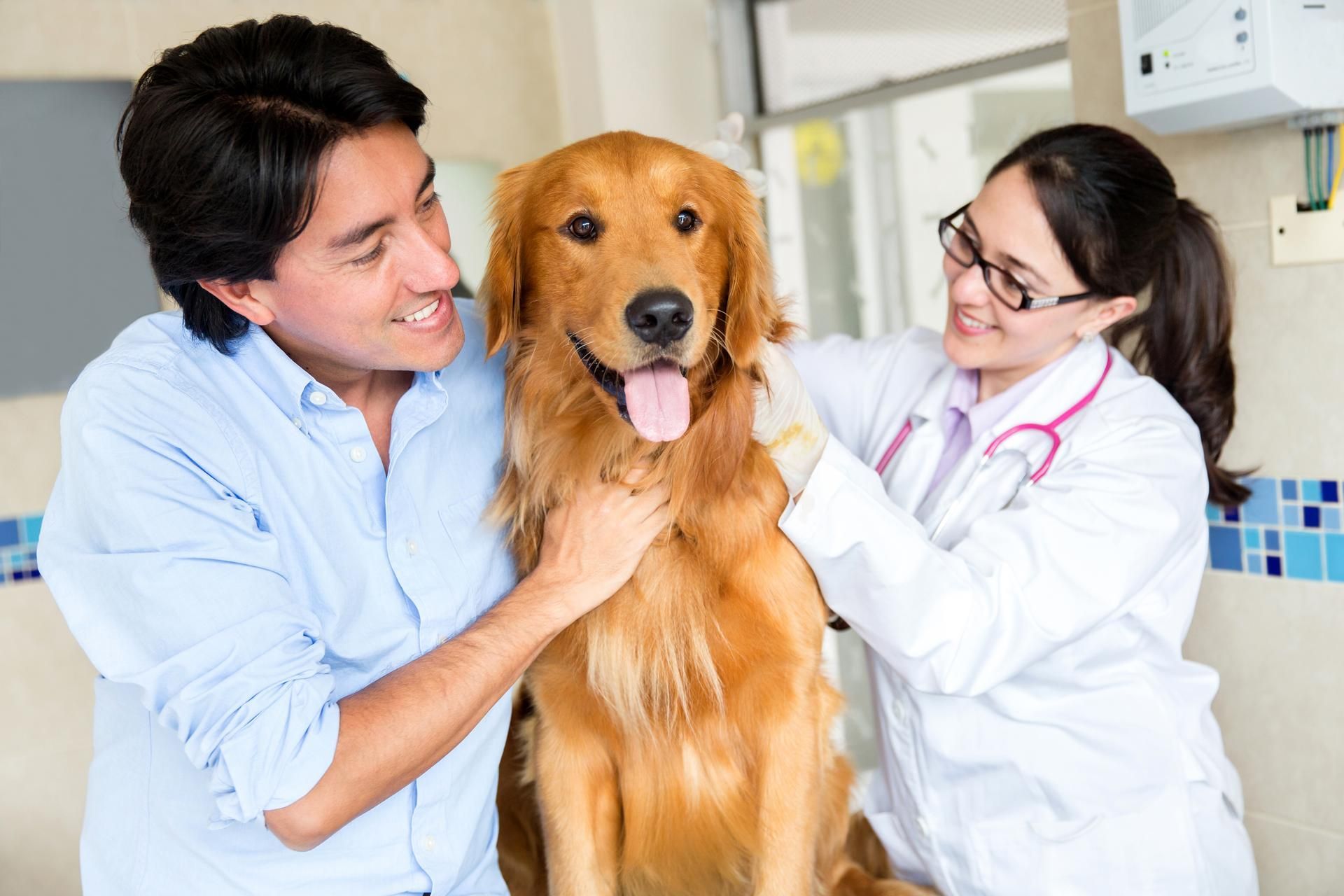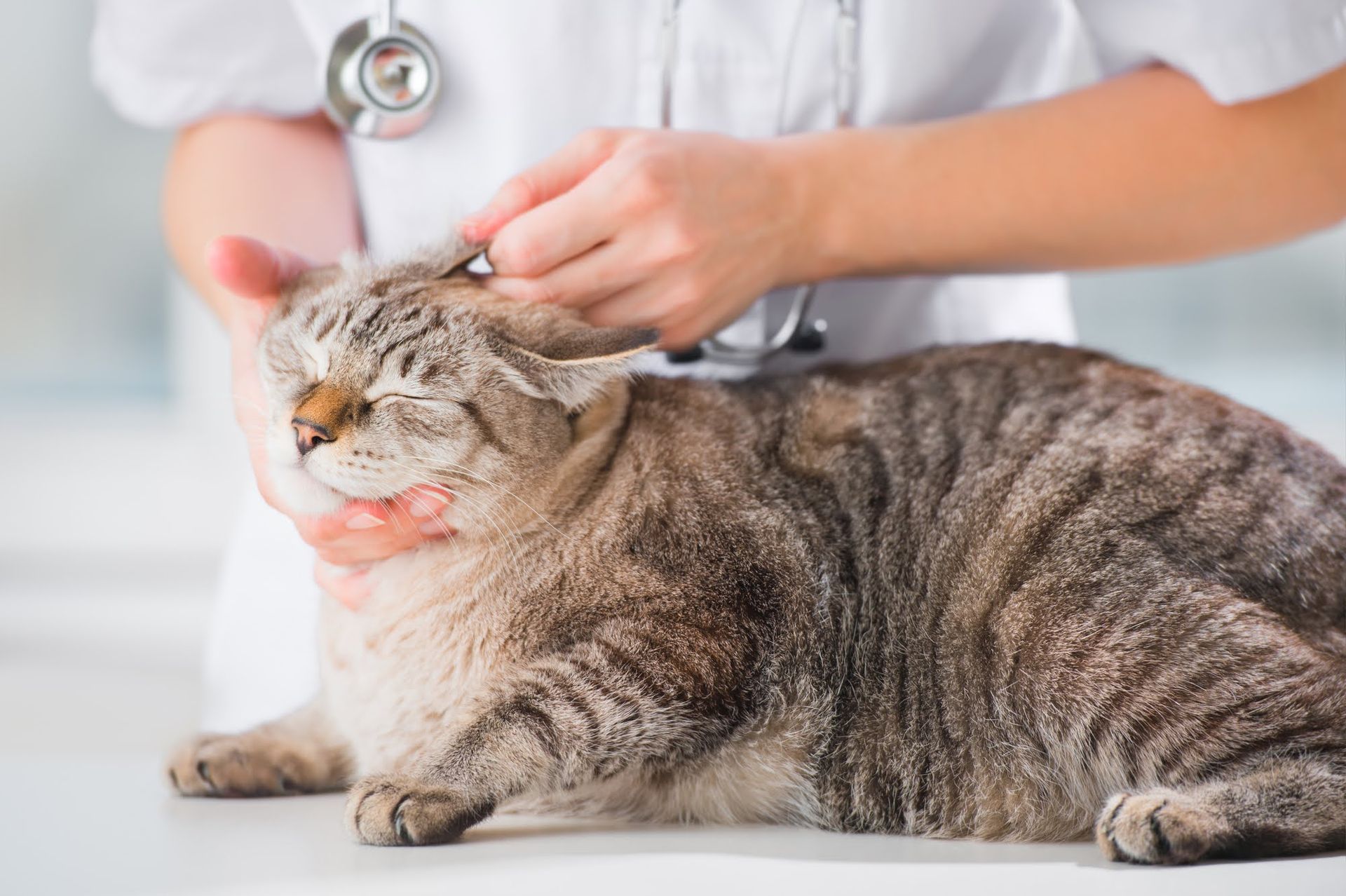Questions and Answers About Animal Limb Amputation

If you've ever seen a three-legged dog or cat enjoying a daily walk, you may have casually wondered why that animal lost its limb and how it managed to regain its former quality of life. However, the question grows more pressing once your own pet develops a serious limb problem that might call for amputation.
The more you understand about the how and why of limb amputation in pets, the more reassured you'll feel about your pet's expected outcome and the more effectively you can help your pet cope with any post-amputation adjustments. The following questions and answers about limb amputation will put you on the right track.
When Might a Pet Require a Limb Amputation?
Pets receive limb amputation surgery for a variety of reasons. Perhaps most obviously, a pet whose leg has sustained irreparable damage in an auto accident or other catastrophic event may benefit from having the useless limb amputated. Extensive soft tissue damage, scarring, or infection may also call for amputation.
Diseases and disorders sometimes compel veterinarians to recommend limb amputation. For instance, a birth defect or chronic abnormality that makes normal use of the limb impossible may merit amputation.
Bone cancer in pets can progress with great speed and spread to other parts of the body, leading to death if the disease goes unchecked. For this reason, veterinarians may recommend the amputation of a leg stricken with bone cancer, along with other treatment measures such as chemotherapy and radiation.
How Do Veterinarians Perform Limb Amputations?
Pets receive general anesthesia before undergoing limb amputation, with the surgeon shaving both the surgery site and any other part of the body that might receive a catheter. A typical amputation surgery removes the entire limb at the hip or shoulder joint. You can expect the entire procedure to take a few hours.
Even though amputation counts as major, life-changing surgery, your veterinarian will most likely clear your pet to go home within a day or two following the procedure. Your pet may also receive prescriptions for anti-inflammatory drugs, pain relievers, and antibiotics to ease discomfort and promote normal, uncomplicated healing.
What Can You Expect Following Your Pet's Amputation?
Sutures will hold the incision together until the external wound heals, at which point you'll take your pet back to the veterinarian to have them removed. In the meantime, you need to discourage your pet from chewing or licking the sutures. Options include covering the wound in a T-shirt or applying a movement-restricting collar to your pet.
Watch your pet carefully during this first phase of recovery. Pay special attention to any visual signs of a possible infection that might require additional veterinary care. Symptoms of postoperative complications may include fluid drainage, bleeding, swelling, and redness at the incision site.
Your pet may show a surprising eagerness to get up and around again, even with the sutures still in place. However, a gentle, careful transition back to full mobility will help prevent additional damage or complications. Your veterinarian may advise you to limit your pet's walks to short distances to prevent muscle strain and fatigue.
Most pets who have undergone a limb amputation get used to walking on three legs very quickly. Animals previously hobbled by a painful, debilitated leg may even find walking easier and more enjoyable than when they still had all four limbs. Regular walks will help your three-legged pet remain strong, flexible, and trim.
Your veterinarian may recommend some sort of rehabilitation program to help your pet recover as quickly and thoroughly as possible. This program may include a combination of exercises (to help your pet adjust to life on three legs), muscular stimulation, and laser therapy to speed tissue healing and control inflammation.
How Can Assistive Devices Help Pets Cope With Amputation?
Even after physical rehabilitation, some pets may need additional help getting around after losing a limb. This issue comes up more often for pets who have lost a front leg since four-legged animals usually rest more of their body weight on their front legs than on their rear legs when standing and walking.
If your pet struggles with mobility problems, ask your veterinarian whether a prosthetic limb might help. This kind of assistive device can often restore stability and proper weight distribution in pets who might otherwise struggle to stay upright safely and without strain.
As an alternative, a specialized pet wheelchair can prove helpful if your pet struggles to get around after the loss of a leg. A pet wheelchair features a set of wheels attached to a custom-fitted harness or sling that goes around the animal's trunk.
If your pet needs any kind of emergency surgery, including the amputation of a limb threatened by injury or illness, trust the experts at South Seattle Veterinary Hospital. Our team can perform prompt, accurate diagnostics, administer the appropriate surgery, and advise you on postoperative care. Contact us today to learn more.


